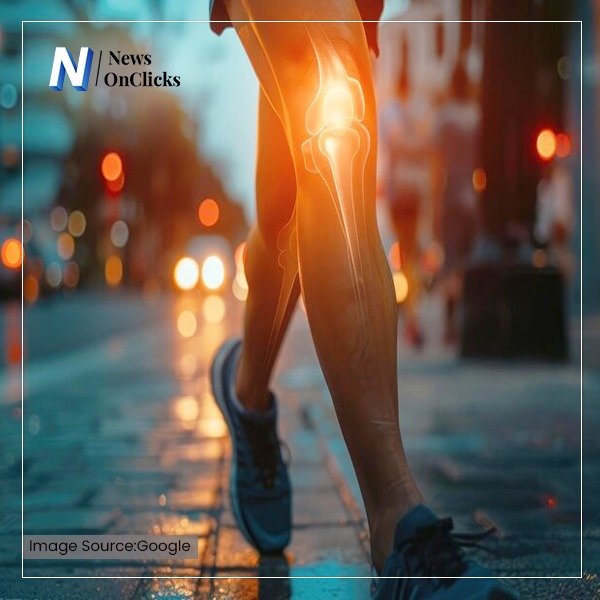
Walking quickly has become more and more well-liked as a beneficial form of workout for preserving general health and fitness. This type of exercise is appropriate for people of all ages, is simple to practice, and has noticeable physical advantages. But there are worries about how it will affect the knees, particularly for people who already have knee problems like arthritis or have had knee injuries in the past. Whether vigorous walking might induce knee pain or aggravate pre-existing problems is the key question. Concerns can be reduced by learning how this exercise affects the knee joints and by using appropriate walking form.
Experts confirm that even people with arthritis can benefit from brisk walking. Walk briskly to improve general mobility, strengthen the muscles surrounding the knees, and promote joint lubrication, says Dr. Rakesh Rajput, Head of Orthopaedics at CK Birla Hospital. On the other hand, because walking on uneven ground puts more strain on the knees, people with arthritis should be aware of their discomfort levels.
For many people, brisk walking can strengthen the muscles surrounding their knees and enhance joint health. However, people who already have knee issues, such as arthritis or cartilage degradation, should exercise caution. Walking can strain the knees due to its repetitive motion, and although walking quickly can increase range of motion, it can also cause pain in some situations. Stiffness can be reduced by regular walking, which increases circulation to the knee joints. However, excessive walking at a fast pace might cause inflammation of the surrounding tissues.
Dr. Sahil Gaba is an orthopedic and joint replacement consultant at Amrita Hospital. He says body weight, muscle strength, and the degree of knee arthritis affect how one responds to brisk walking. For obese individuals with severe knee arthritis, brisk walking can worsen discomfort. It may also cause problems for those with knee instability from past ligament injuries. A general rule is to walk quickly as long as it feels comfortable. If pain occurs during the activity, it’s best to stop.
In healthy people, vigorous walking usually doesn’t result in knee injury when done correctly. But over time, bad walking form can cause problems. Walking on uneven ground, using inadequate footwear, or using incorrect technique can all lead to increased stress on the knees and the possibility of ailments such ligament strains or tendinitis.
People with conditions like arthritis may notice worsened symptoms if they can’t walk properly. Common symptoms include knee instability or locking. Pain often increases after walking or standing for long periods. Dr. Sahil emphasizes that locking can produce an abrupt resistance to movement by feeling like a mechanical impediment. Even while these locking episodes are often short, they can last for long periods of time and call for medical attention.
It’s important to pay attention to warning indicators of possible knee damage. Important symptoms include stiffness, swelling around the knee joint, popping sounds, and intense or recurrent knee pain. These symptoms often occur during or after walking. Dr. Rakesh stresses that these symptoms point to the necessity for quick rest. Ignoring them can make the injury worse and take longer to heal.
It’s critical to maintain good walking form in order to safeguard the knees. The following suggestions are provided:
Maintain a Straight Posture: To avoid putting too much weight on your knees, keep your spine straight and avoid slouching.
Reduce the Length of Your Steps: Taking shorter steps can assist equalize the strain on your knees and feet.
Develop a Strong Core: A well-developed core lessens joint stress and supports the lower body.
Wear supportive footwear: Knee protection and impact absorption can be achieved by wearing appropriate shoes with supportive arches.
Dr. Sahil also suggests avoiding prolonged use of hard or uneven surfaces because these might cause pain or damage. People can reap the benefits of fast walking while preventing potential harm to their knees by using these tactics and being aware of their body.









